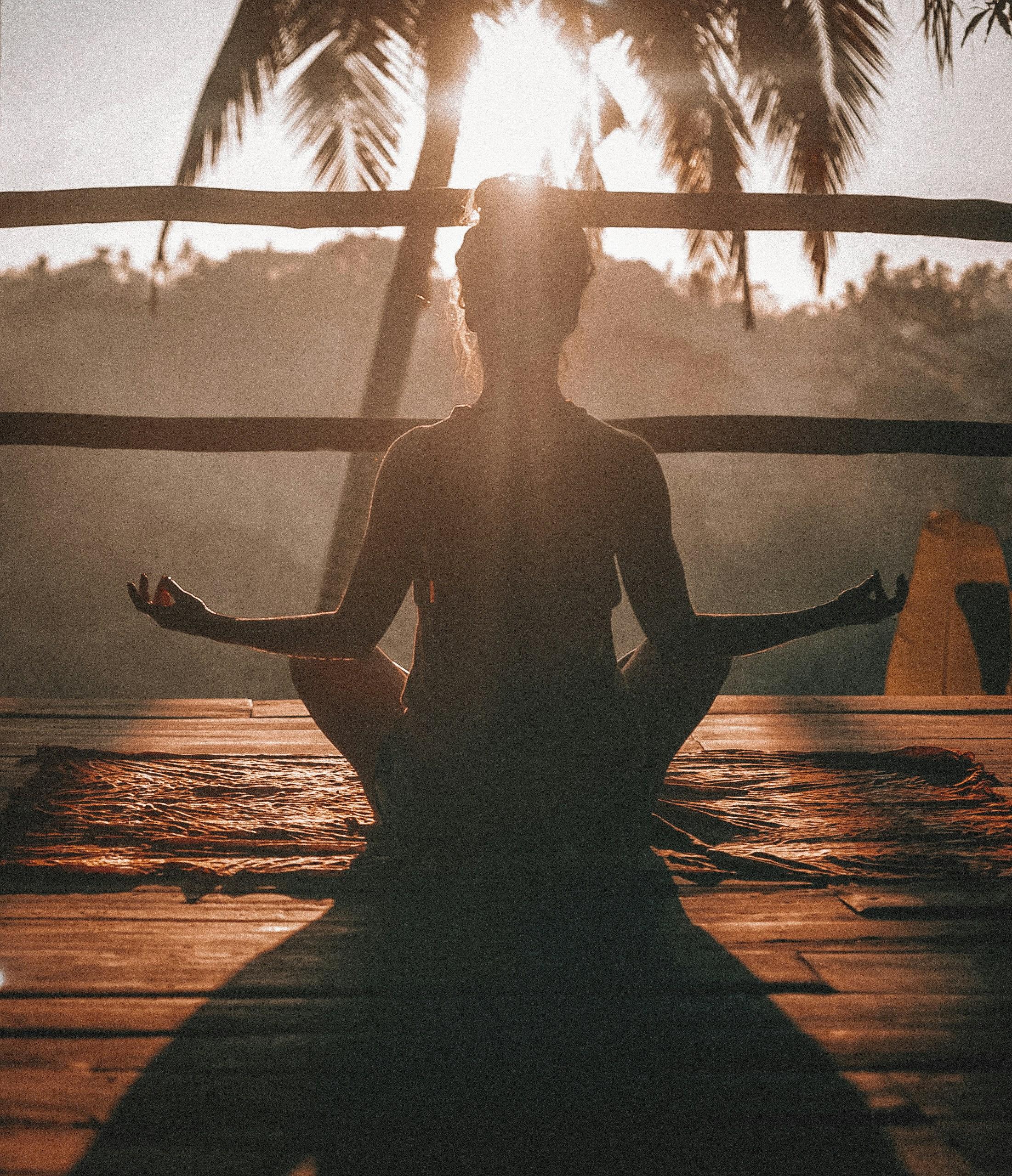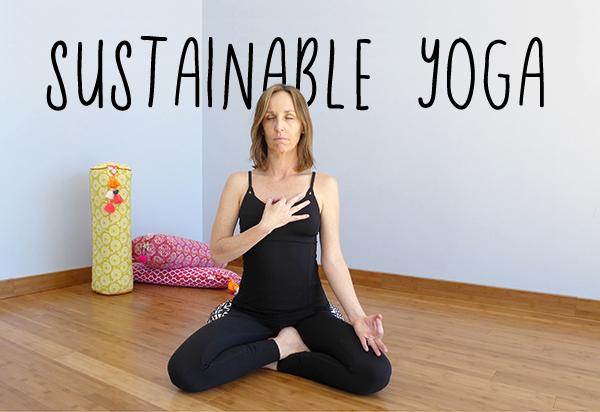In the serene realm of meditation, where silence speaks volumes and stillness becomes a journey, myths often linger like whispers in a quiet room. For beginners stepping into this world, these misconceptions can be as daunting as they are misleading. Just as a painter must understand the colors before creating a masterpiece, those new to meditation must sift through the myths to uncover the true essence of this ancient practice. This article aims to illuminate the path for newcomers, debunking the common myths that shroud meditation in mystery, and offering a clear view of what lies beyond the misconceptions. Whether you seek peace, clarity, or simply a moment of respite from the chaos of daily life, understanding these myths is the first step toward a more mindful journey.
Clearing the Fog Understanding Common Meditation Misconceptions
For many, the idea of meditation conjures images of sitting cross-legged for hours on end, striving for an empty mind. However, meditation is far more flexible and accessible than these stereotypes suggest. Here are some common misconceptions that often cloud beginners’ understanding:
- Meditation requires a completely still mind: It’s a myth that your mind must be devoid of all thoughts. The goal is not to suppress thoughts but to observe them without judgment.
- You must meditate for long periods to see benefits: Consistency is key, not duration. Even a few minutes a day can lead to significant improvements in mental clarity and stress reduction.
- Meditation is only for spiritual people: While meditation has roots in spiritual traditions, it offers practical benefits for anyone looking to improve focus, reduce anxiety, or enhance overall well-being.
By debunking these myths, you can approach meditation with a clearer perspective, opening yourself to its myriad benefits without the burden of unrealistic expectations.

The Truth About Emptying Your Mind Why Meditation Isnt About Silence
Many newcomers to meditation often assume that the goal is to achieve complete mental silence. However, this is one of the most common misconceptions. The practice is not about banishing all thoughts but rather about cultivating awareness and understanding the nature of your mind. While the idea of a serene, thoughtless state is appealing, it’s essential to recognize that meditation is more about observing your thoughts without judgment and gently guiding your focus back to your breath or mantra.
- It’s about presence: Meditation encourages you to be present in the moment, acknowledging whatever thoughts or emotions arise.
- Embrace the noise: Rather than fighting the chatter in your mind, learn to coexist with it, allowing thoughts to pass like clouds in the sky.
- Mindfulness over silence: The key is to develop a mindful awareness that can transform how you relate to your thoughts and emotions.
Ultimately, meditation is a journey towards self-awareness and acceptance, not an escape from your inner world. By letting go of the pursuit of silence, you open yourself up to the true essence of meditation—a practice that is both liberating and enlightening.
Finding Your Space How to Create a Personal Meditation Environment
Crafting a dedicated area for meditation can be a transformative experience, helping to establish a sanctuary where tranquility and focus come naturally. When designing your personal meditation environment, consider incorporating elements that resonate with your senses and enhance your practice. Begin by selecting a space that offers privacy and minimal distractions. This could be a corner in your living room, a quiet nook in your bedroom, or even a spot in your garden.
- Lighting: Opt for soft, natural light or use candles to create a calming ambiance.
- Sound: Incorporate soothing sounds, whether it’s a gentle playlist, nature sounds, or simply the silence of the room.
- Aromas: Use essential oils or incense to establish a soothing aroma that aids relaxation.
- Textures: Add cushions, mats, or blankets to provide comfort and support during meditation.
- Personal Touches: Include meaningful items like crystals, plants, or artwork that inspire peace and positivity.
Remember, the essence of this space is to foster a sense of peace and grounding. Personalization is key; there are no strict rules. Let your intuition guide you to create a haven that reflects your inner world and supports your meditation journey.

Consistency Over Perfection Building a Sustainable Meditation Practice
Many newcomers to meditation feel the pressure to achieve a perfect session every time they sit on their cushion. However, the key to developing a sustainable meditation practice lies in embracing consistency over perfection. Like any new skill, meditation requires regular practice to yield results, and it’s perfectly normal to have sessions where your mind feels cluttered or unfocused. Instead of seeking a flawless experience, focus on building a routine that you can maintain over time.
- Set a regular time each day for meditation, even if it’s just for a few minutes.
- Embrace the distractions and wandering thoughts as part of the process.
- Celebrate the small wins, such as feeling slightly more relaxed or focused after a session.
- Remember that meditation is a personal journey, not a competition.
By prioritizing consistency, you allow your practice to grow naturally, creating a foundation for a more profound and lasting impact on your well-being. The journey of meditation is one of patience and self-compassion, and over time, you’ll find that these small, consistent efforts lead to meaningful change.
Concluding Remarks
As we draw our exploration of meditation myths to a close, it’s clear that the path to mindfulness is less about adhering to rigid expectations and more about embracing a journey uniquely your own. By dispelling these common misconceptions, we open the door to a practice that is as flexible and diverse as those who pursue it. Whether you’re seated in serene silence or finding peace amidst the chaos of daily life, meditation offers a canvas upon which you can paint your personal portrait of tranquility. So, take a deep breath, let go of preconceived notions, and allow your meditation practice to evolve naturally. In doing so, you may discover that the true essence of meditation lies not in perfection, but in the gentle unfolding of self-awareness and inner peace.
